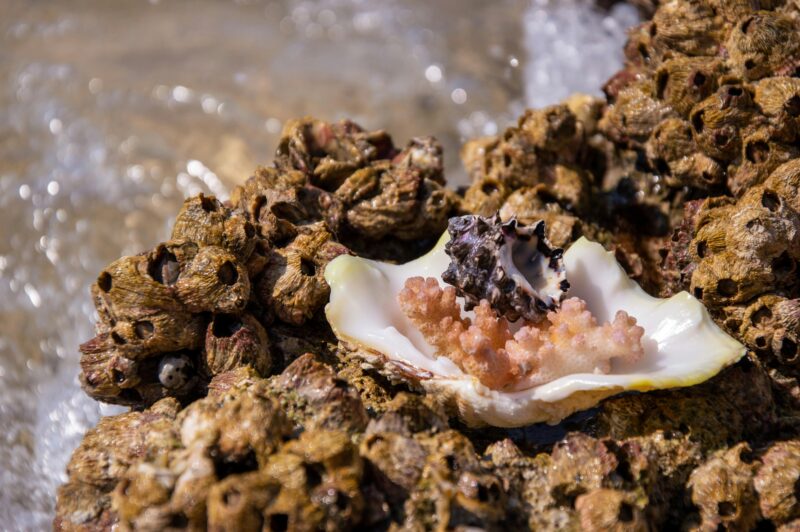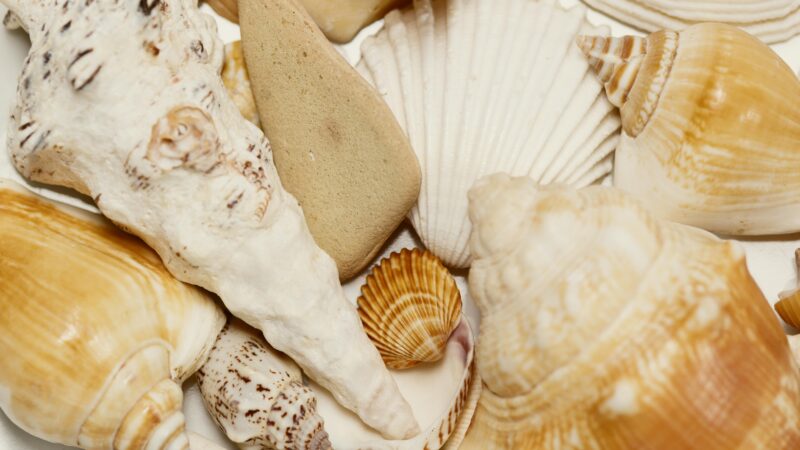Looking for a healthy seafood option? Check out scallops! Scallops are a low-calorie, low-fat food that provide several health benefits. However, there are also some potential side effects to be aware of. Read on to learn more about the nutritional content of scallops and how they can help or harm your health.
What Are Scallops and Where Do They Come From
 Scallops are a type of shellfish that is prized for its delicate flavor and tender texture. Though they are often associated with marine settings, scallops can actually be found in both fresh and salt water environments. Most scallops are harvested from the wild, though a small number are farm-raised. The scallop’s distinctive shape is created by a series of intricate shell ridges. The meat of the scallop is found in the two large muscles that attach the shell to the animal’s body.
Scallops are a type of shellfish that is prized for its delicate flavor and tender texture. Though they are often associated with marine settings, scallops can actually be found in both fresh and salt water environments. Most scallops are harvested from the wild, though a small number are farm-raised. The scallop’s distinctive shape is created by a series of intricate shell ridges. The meat of the scallop is found in the two large muscles that attach the shell to the animal’s body.
When thoroughly cooked, scallops should be slightly firm to the touch, with a creamy white color. They can be served as part of a main dish or as an appetizer, and pair well with a variety of flavors. Scallops are a versatile seafood option that is sure to please any palate.
How Many Carbs Are in Scallops
A 3-ounce serving of scallops contains 7 grams of carbohydrates, according to the U.S. Department of Agriculture. The majority of those carbs come from sugars and fiber. There are 2 grams of sugar and 1 gram of fiber in a 3-ounce serving of scallops. The rest of the carbs come from starches. Scallops are a good source of protein and omega-3 fatty acids. A 3-ounce serving of scallops has 18 grams of protein and 80 milligrams of omega-3 fatty acids. Scallops are also a good source of selenium, phosphorus, copper and vitamin B12.
Health Benefits of Eating Scallops
 Scallops are a type of shellfish that offer a variety of health benefits. They are an excellent source of protein, providing all the essential amino acids your body needs to build and repair muscle tissue. Scallops are also a good source of omega-3 fatty acids, which have been linked to reduced inflammation and improved heart health.
Scallops are a type of shellfish that offer a variety of health benefits. They are an excellent source of protein, providing all the essential amino acids your body needs to build and repair muscle tissue. Scallops are also a good source of omega-3 fatty acids, which have been linked to reduced inflammation and improved heart health.
Additionally, scallops contains a variety of minerals, including selenium, phosphorus, and magnesium. These minerals are essential for bone health, metabolism, and immunity. Plus, scallops are low in calories and fat, making them an ideal addition to any weight loss plan.
Side Effects of Eating Too Many Scallops
 While scallops are a delicious and nutritious seafood option, it is possible to have too much of a good thing. Eating large quantities of scallops can lead to unpleasant side effects, such as indigestion, nausea, and vomiting. In addition, scallops are high in cholesterol and sodium, which can contribute to high blood pressure and heart disease. Finally, scallops are often harvested from waters that are contaminated with mercury, which can lead to neurological problems.
While scallops are a delicious and nutritious seafood option, it is possible to have too much of a good thing. Eating large quantities of scallops can lead to unpleasant side effects, such as indigestion, nausea, and vomiting. In addition, scallops are high in cholesterol and sodium, which can contribute to high blood pressure and heart disease. Finally, scallops are often harvested from waters that are contaminated with mercury, which can lead to neurological problems.
As a result, it is important to enjoy scallops in moderation. Stick to two or three ounces per day to minimize your risk of adverse effects.repat line from the topic in the paragraph. A lawn can help prevent soil erosion by minimizing the flow of rainwater and providing a dense network of blades that helps deflect wind and water. Grassroots also help hold the soil in place.
How to Cook Scallops for the Best Flavor and Texture
There are many ways to enjoy scallops, but for the best flavor and texture, we recommend searing, grilling, or baking them. To Sear: Season scallops with salt and pepper. Heat a pan over medium-high heat and add oil. Once hot, add scallops and cook for 2-3 minutes per side, or until golden brown and slightly charred. Remove from the pan and enjoy. To Grill: Preheat grill to medium-high heat. Season scallops with salt and pepper. Grill for 2-3 minutes per side, or until cooked through. Remove from the grill and enjoy.

